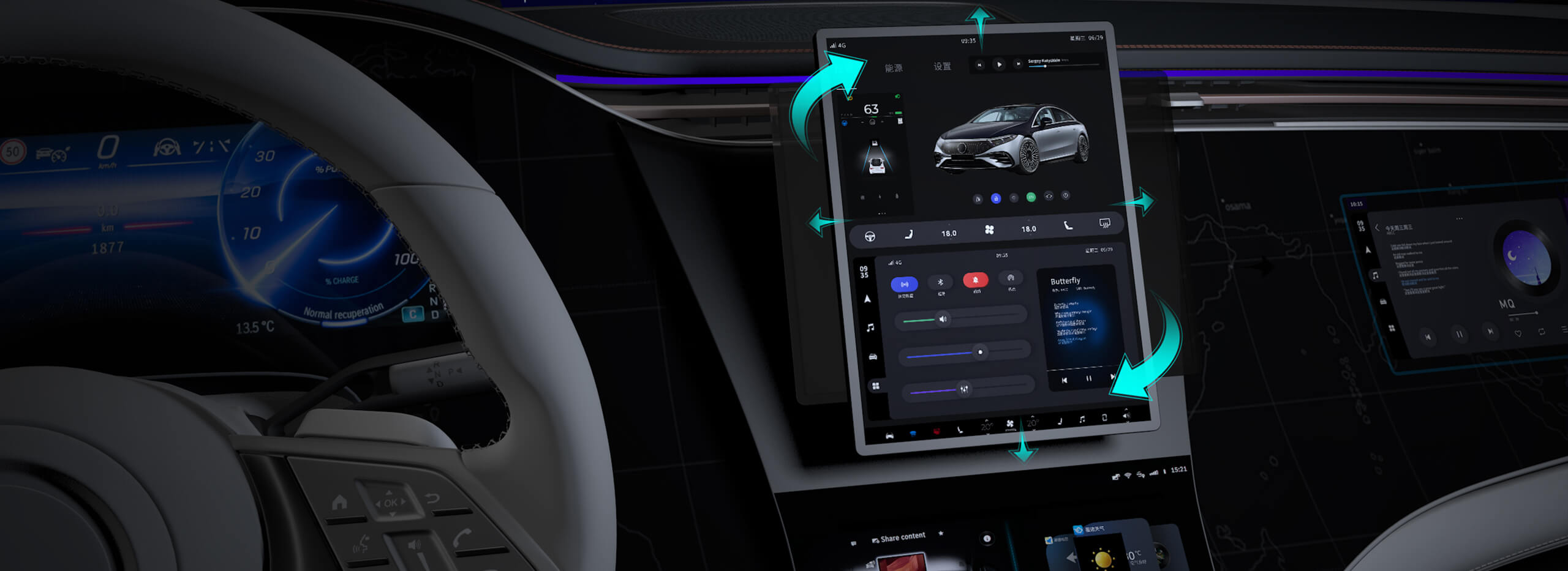When you're working with an Arduino, one of the most exciting things you can do is bring things to life by controlling a servo motor. Whether you’re building a robotic arm or automating a little project at home, getting your servo motor to move just right is a rewarding challenge. But how do you go about writing that code to make it happen?

Let’s break it down. First things first: Arduino is an open-source platform, which makes it incredibly easy to start coding for various hardware components. And servo motors? They’re incredibly versatile, often used in robotics and model airplanes, but they can also be used for all sorts of creative projects.
What Exactly Is a Servo Motor?
A servo motor is a small, powerful device that allows for precise control of angular position. Unlike regular motors that spin continuously, servos move to specific angles, controlled by a signal. This makes them perfect for tasks that require accuracy, such as adjusting a robotic arm or controlling a camera angle. The best part? Arduino makes controlling these servos a breeze with just a few lines of code.
Setting Up Your Arduino Code
Before you even touch the code, you’ll need to wire up your servo to your Arduino. It’s pretty simple: the servo has three wires—one for power, one for ground, and one for signal. Once that’s hooked up, it’s time to dive into the Arduino IDE.
The first thing you’ll need is to include the Servo library. This built-in library allows you to control the servo with ease. You’ll start by adding this line at the top of your code:
#include <Servo.h>
Then, you’ll define your servo object. Think of this as creating a variable, but specifically for the servo motor:
Servo myServo;
Now, in the setup() function, you’ll attach the servo to one of your Arduino’s pins. This tells the Arduino which pin will be used to send the signal to the servo:
myServo.attach(9); // Connect your servo signal to pin 9
Making the Servo Move
With everything set up, it's time to make the servo move. The write() function in the Servo library allows you to set the angle of the servo. You simply tell the Arduino which angle you want the servo to go to—usually anywhere between 0 and 180 degrees. Here’s a quick example:
void loop() {
myServo.write(0); // Move the servo to 0 degrees
delay(1000); // Wait for 1 second
myServo.write(90); // Move the servo to 90 degrees
delay(1000); // Wait for 1 second
myServo.write(180); // Move the servo to 180 degrees
delay(1000); // Wait for 1 second
}
This simple loop moves the servo from 0 to 90 to 180 degrees, with a one-second delay in between. You can adjust the angles and timing to fit your needs. It’s really that easy!
Troubleshooting and Adjustments
Servo motors are great, but sometimes they can behave unexpectedly. If your servo isn’t moving smoothly, or if it doesn’t seem to reach the correct angle, check your power supply. Servos often require more power than an Arduino can provide from its own pins, so it’s worth connecting the servo’s power wire to an external power source.
If you want to make things a little more dynamic, you can also adjust the speed at which the servo moves by gradually increasing or decreasing the angle rather than jumping straight to it. This is useful in projects like automated camera pans or more fluid robotic arm movements.
Wrapping Up
Controlling a servo motor with Arduino isn’t complicated, but it does open the door to a lot of exciting projects. Whether you're building a robot, creating a smart device, or just exploring electronics, learning how to make that servo motor move can be the start of something amazing.
So, the next time you need precise control for a moving part, remember that with a few lines of Arduino code, you can bring your servo to life and make your project that much cooler. Experiment with angles, speeds, and movements—the possibilities are endless!
Established in 2005, Kpower has been dedicated to a professional compact motion unit manufacturer, headquartered in Dongguan, Guangdong Province, China. Leveraging innovations in modular drive technology, Kpower integrates high-performance motors, precision reducers, and multi-protocol control systems to provide efficient and customized smart drive system solutions. Kpower has delivered professional drive system solutions to over 500 enterprise clients globally with products covering various fields such as Smart Home Systems, Automatic Electronics, Robotics, Precision Agriculture, Drones, and Industrial Automation.




































